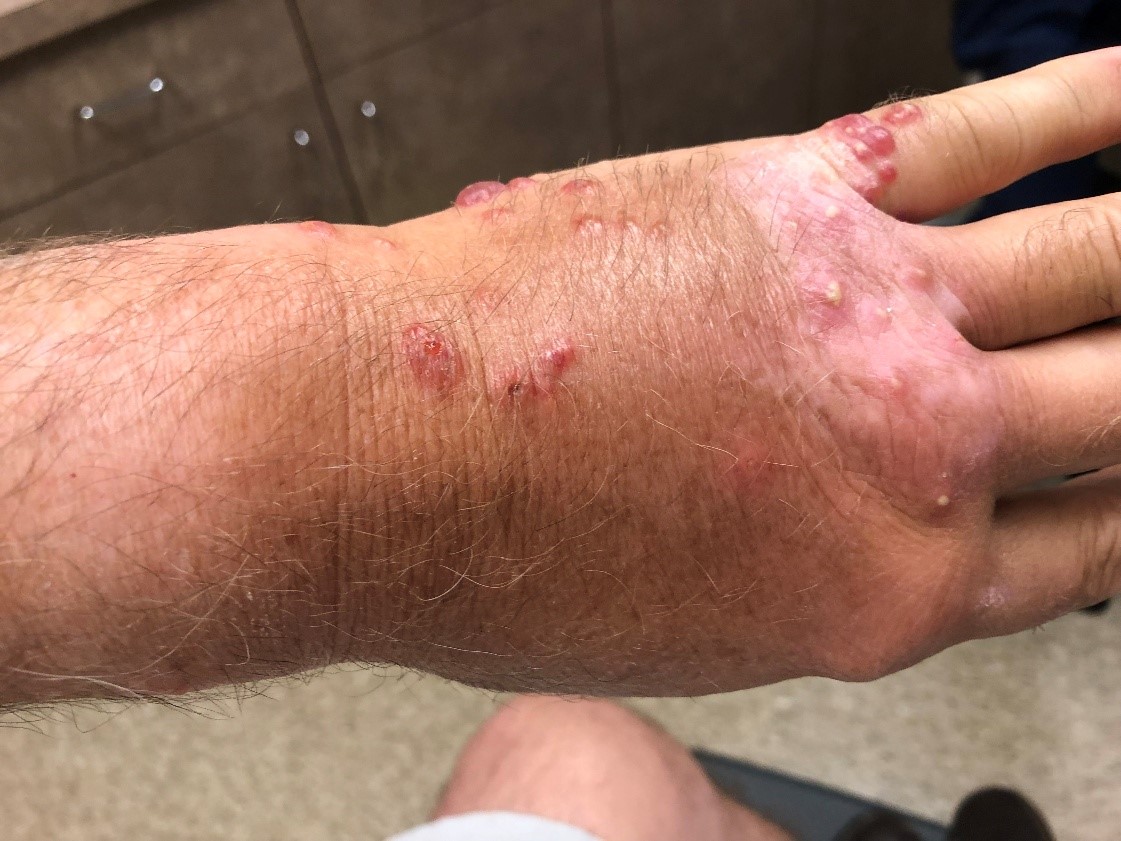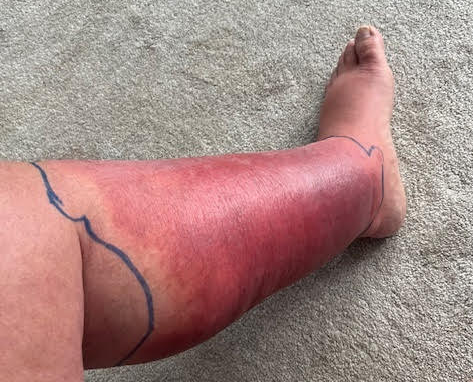certification
Avoiding Cellulitis
By Dr. Roy Vore, CPO Advisory Council
The most common types of illness from swimming pools and hot tubs, known as recreational water illnesses (RWIs), include rashes, earaches, and skin infections. Most of these illnesses are minor and resolve on their own without medical treatment. These minor illnesses are termed "self-limiting" illnesses in medical terminology. Occasionally, some infections can become more serious and may be life-threatening if not treated medically. Understanding how and why these RWIs occur is important for ensuring the health and safety of patrons, families, and employees.
Types of Rashes and Skin Infections
The two major categories of rashes are allergic reactions and infections. In many cases these look similar, even to doctors. The best way to distinguish types of rashes is to understand how they are initiated. Allergic reactions are the body’s response to foreign chemicals in the water. Infections are caused by a foreign organism, typically a bacterium or virus, invading the body and growing. In both cases, the body’s immune system identifies the foreign material and launches a cascade of self-defense mechanisms.
Cellulitis
Cellulitis is a common and potentially serious infection of the skin caused by bacteria. The most common causes of cellulitis are Streptococcus and Staphylococcus that enter through a crack or break in the skin. This type of infection is rare compared to those caused by Pseudomonas but can be much more serious. If left untreated, cellulitis may lead to bacteria (infection of blood stream), endocarditis (infection of the heart muscle), toxic shock syndrome and sepsis, and spread into the deeper layers of skin. Untreated severe infections may lead to loss of the infected limb or death.
 Photo courtesy of Dr. Roy Vore
Photo courtesy of Dr. Roy Vore
Cellulitis infections among pool service technicians have been reported. How often they occur is not known. In two well-documented cases, one service technician was infected during opening heavily fouled swimming pools. In one of those infections, the skin was compromised by fire ant bites. This picture to the right shows the blisters from the ant bites and the surrounding cellulitis inflammation.
In a separate case, an individual developed cellulitis from a hot tub and was hospitalized for 7 days. The condition of the hot tub at the time was not reported. As you can see in the photo below, the attending doctor drew the black lines to note the extent of the infection at the time of treatment. If the swelling and redness progressed beyond the lines, that would mean the current treatment was not successfully reducing the infection.
According to the Mayo Clinic, symptoms of cellulitis include swelling, tenderness, pain, warmth, fever, chills, spots, blisters, and skin dimpling. The reddened and swollen area increases as the infection spreads away from the initial area. The infection can spread quickly.
 Photo courtesy Tony Bell, CPO Advisory Council
Photo courtesy Tony Bell, CPO Advisory Council
Seek emergency care if:
- You have a swollen, tender rash or a rash that is changing rapidly.
- You have a fever.
See your health care provider, preferably within the same day, if:
- You have a rash that is swollen, tender and warm — and it is expanding — but you do not have a fever.








